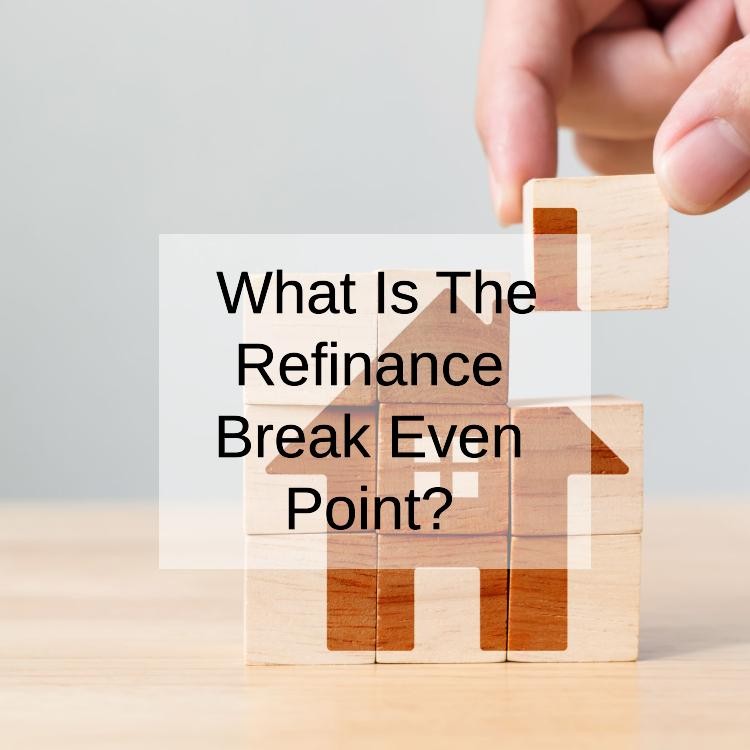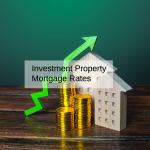Understanding the concept of the refinance break-even point is crucial for homeowners contemplating the decision to refinance their loans mortgages. The break-even point represents the time it takes for the savings from a refinanced mortgage to offset the costs associated with the refinancing process. In this in-depth exploration, we will delve into the definition and significance of the refinance break-even point, the factors influencing it, how to calculate it, and considerations for homeowners evaluating the financial implications of mortgage refinancing.
Defining the Refinance Break-Even Point
The refinance break-even point is the point in time when the accumulated savings from a refinanced mortgage equal the upfront costs and fees incurred in the refinancing process. It essentially marks the moment when first time home owners loan begin to benefit financially from the lower monthly payments or reduced interest rates associated with the refinance.
Significance of the Refinance Break-Even Point
Understanding the refinance break-even point is essential for homeowners for several reasons:
Financial Decision-Making: It helps homeowners make informed decisions about whether or not to proceed with a refinance by providing a clear understanding of when the financial benefits will offset the costs.
Cost-Benefit Analysis: The break-even point serves as a critical factor in the cost-benefit analysis of refinancing. Homeowners can weigh the immediate costs against the potential long-term savings.
Optimizing Savings: Being aware of the break-even point allows homeowners to assess the duration they plan to stay in their homes. Refinancing makes more sense if the break-even point aligns with the time they intend to stay in the property.
Factors Influencing the Refinance Break-Even Point
Several factors influence the refinance break-even point, and homeowners should consider these variables when evaluating the potential financial impact of refinancing:
Upfront Costs and Fees: The total closing costs associated with refinancing, including origination fees, appraisal fees, title insurance, and other expenses, significantly impact the break-even point.
Interest Rate Difference: The difference between the existing mortgage interest rate and the new, lower interest rate obtained through refinancing affects the time it takes to recoup the upfront costs.
Loan Amount and Term: The size of the mortgage loan and the term of the new loan play a role in determining the break-even point. Larger loans and longer terms may result in extended break-even periods.
Monthly Payment Savings: The amount by which the monthly mortgage payment decreases after refinancing contributes to the break-even calculation. Higher monthly savings expedite the break-even point.
Calculating the Refinance Break-Even Point
The break-even point is calculated by dividing the total upfront costs of refinancing by the monthly savings achieved through the lower interest rate or reduced monthly payments. The formula is:
Break-Even Point (in months)=Total Upfront CostsMonthly SavingsBreak-Even Point (in months)=Monthly SavingsTotal Upfront Costs
This calculation provides the number of months required for the cumulative savings to offset the upfront costs, resulting in a positive financial outcome for the homeowner.
Considerations for Homeowners
When contemplating a mortgage loan refinance, homeowners should consider the following factors related to the break-even point:
Long-Term Plans: Assessing how long you plan to stay in the home is crucial. If the break-even point aligns with your expected duration of residence, refinancing becomes a more favorable option.
Flexibility in Budgeting: Consider the impact of reduced monthly payments on your budget. If immediate savings are a priority, a shorter break-even period may be desirable.
Interest Rate Trends: Monitor current interest rate trends and economic conditions. Refinancing during periods of lower interest rates can result in more significant savings and potentially shorten the break-even period.
Loan Type and Terms: Evaluate the impact of changing loan types or terms. While a shorter loan term may increase monthly payments, it can also lead to quicker break-even points.
Financial Goals: Align your decision with broader financial goals. If reducing overall interest paid over the life of the loan is a primary objective, a refinance with a shorter term may be considered.
The refinance break-even point is a key metric that guides homeowners in making sound financial decisions regarding mortgage refinancing. By understanding the significance of this point, considering influencing factors, and calculating it accurately, homeowners can navigate the refinancing process with greater confidence. Whether driven by the desire for lower monthly payments, reduced interest rates, or accessing home equity loan, a thoughtful analysis of the break-even point empowers homeowners to make informed choices aligned with their financial goals and circumstances.
















